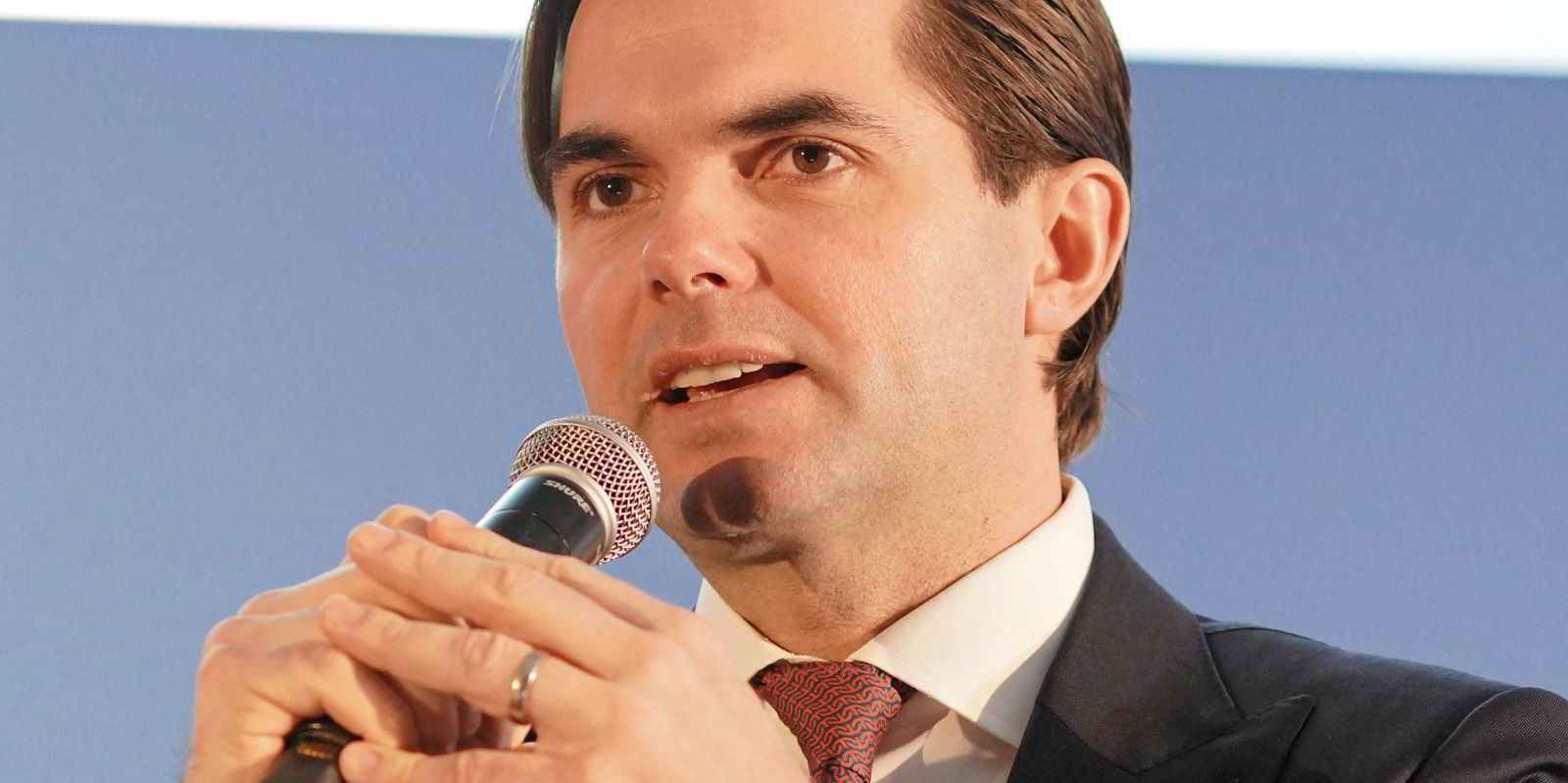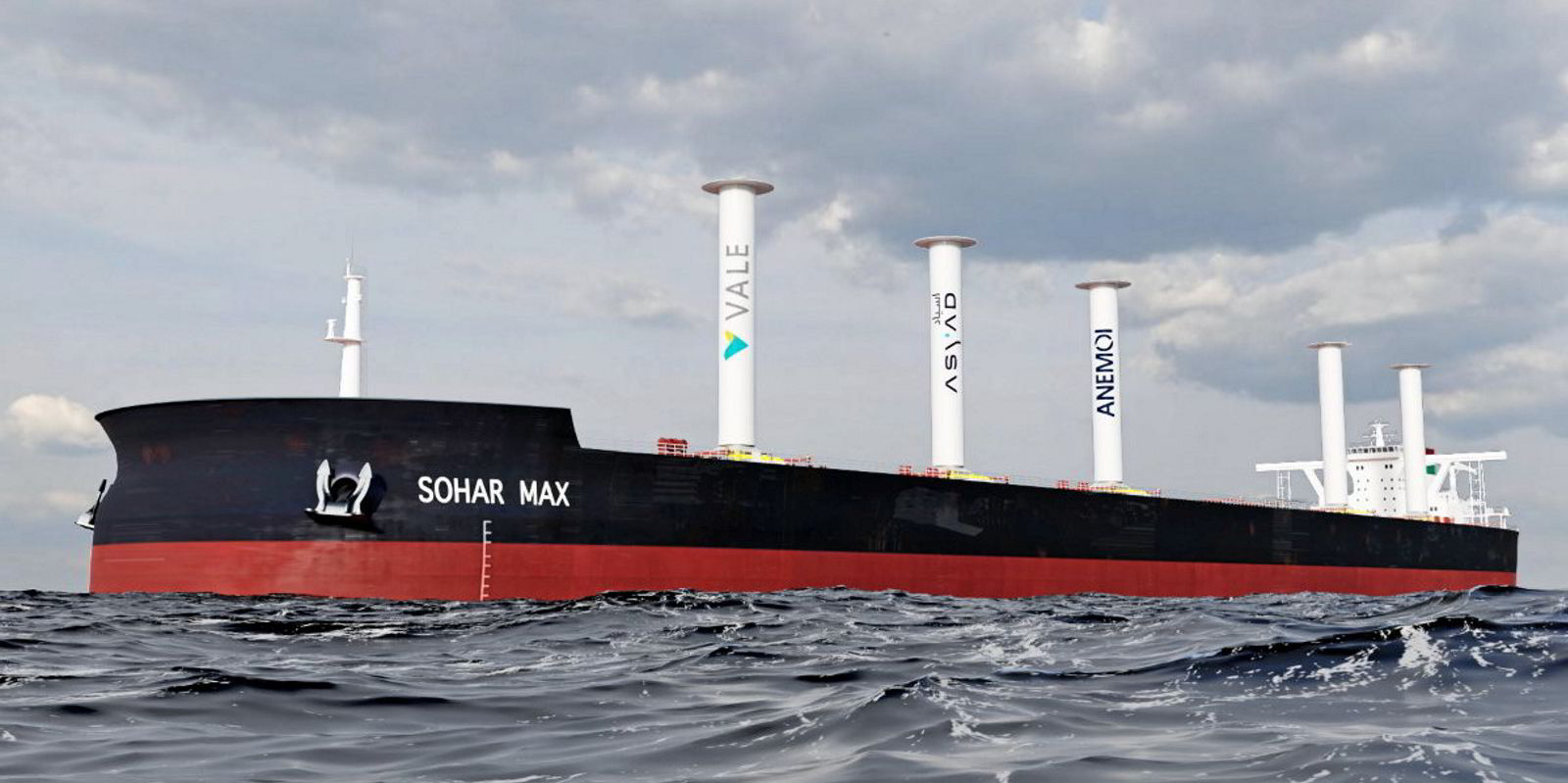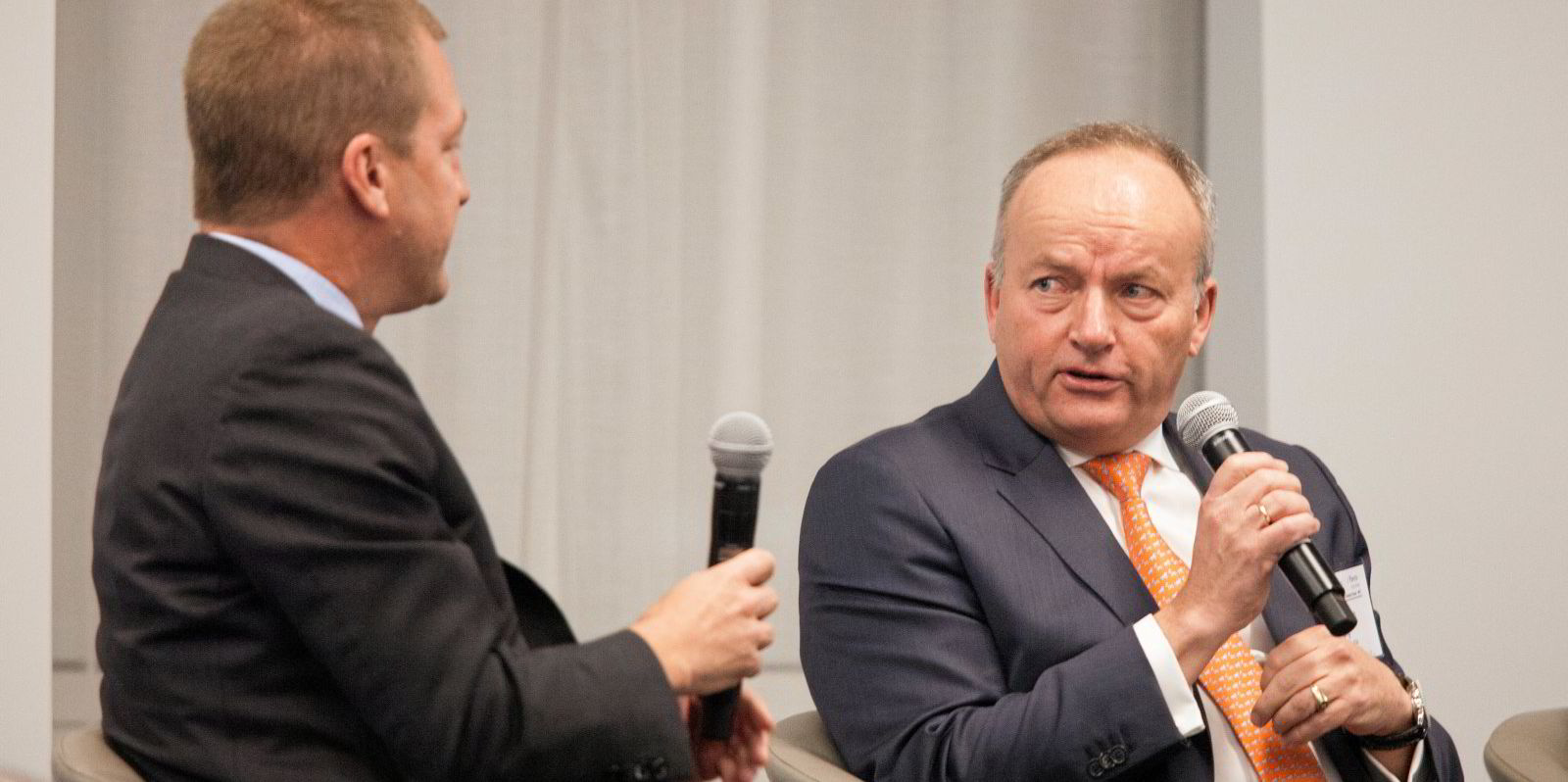Newcastlemax owner 2020 Bulkers has no plans to take forward cover for the first quarter of 2024 and is anticipating improvements to capesize freight rates.
Its eight vessels are currently all fixed on index-linked contracts and the Oslo-listed company has no plans to convert them to fixed-rate employment, its chairman said on Wednesday.
“It gives us access to what we believe is an improving capesize market,” Magnus Halvorsen told investors and analysts on 2020 Bulkers’ third-quarter earnings call.
He added that forward freight agreements (FFAs) are a “horrible” predictor of future rates and 2020 Bulkers does not currently see any value in converting to fixed-rate contracts at current price levels. Capesize contracts for the first quarter are trading at around the $8,500-per-day level.
“If you’re locking in now, you’re basically locking in the lowest levels that we’ve seen for a few years and with the prospects of good trade flows, with increasing bauxite trade and with few chips to be delivered, that doesn’t seem like a good idea. You will be giving up a lot of optionality,” Halvorsen said.
“That being said, of course, keep in mind that we have always safeguarded cashflow in this company and if the market turns really bad and we need to take some coverage to protect profitability, we have at least always done that in the past.”
A massive unwinding of port congestion has pressured rates for capesize and newcastlemaxes this year.
But Halvorsen pointed to the rapidly expanding bauxite trade from Guinea to China as being one factor supporting the market. The trade has grown by 30% in tonne-miles this year to date.
Halvorsen said overall capesize tonne-mile demand has grown this year by 3.7% and China’s imports of iron ore are up by 6% in 2023 so far, compared with the same period last year. China’s iron ore inventories are now significantly below the five-year average.
“I think we have to assume that that does mean there will be a restocking taking place at some point, which obviously would be supportive to the capesize markets and our market,” Halvorsen said.
2020 Bulkers is “encouraged” by the supply-side outlook going forward, not least because the capesize orderbook is down to a historic low of 5%, according to Clarksons. Muted fleet growth is expected over the next two years.
“We have a pretty good idea of what will come out on the supply side, not much can change that,” Halvorsen said.
Limited yard capacity for building large bulkers, high prices — around $70m for a scrubber-fitted newcastlemax — and a tightening of payment terms by shipyards mean that the capesize orderbook should remain low going forward. Capacity for building new vessels is only available from 2027 onwards.
“Because of that, it doesn’t make much sense for a financial investor to look at ordering newbuilds today,” Halvorsen said.
2020 Bulkers’ available liquidity — $16.6m in cash and equivalents, as of 30 September — will provide “quite a lot of buffer” in the event of a very depressed market as well as upcoming expenses such as dry dockings.
The company is also due to receive an insurance settlement from a collision involving its 208,400-dwt Bulk Shenzhen (built 2020), which collided with a Reuben Brothers-owned bulker in 2021 while laden on the Yangtze River in China. At the time, the incident cost 2020 Bulkers around $2.8m in repairs, inspections and related costs.
“We have a comfortable cash position,” Halvorsen said.
2020 Bulkers booked net profit of $5.2m in the three months to 30 September, down from $7.3m a year ago. Revenue dipped to $17m against $18.7m in 2022.
Average time-charter equivalent earnings were $21,000 per day for the third quarter.
Ships trading on index-linked time charters earned $20,500 per day, while the fixed-rate vessels finished the quarter on $22,900 per day.





